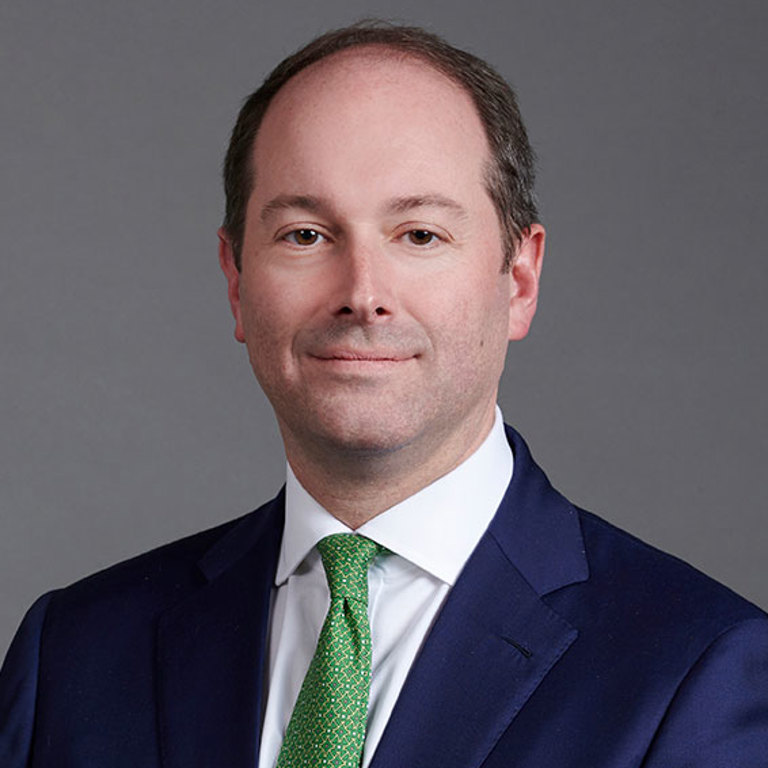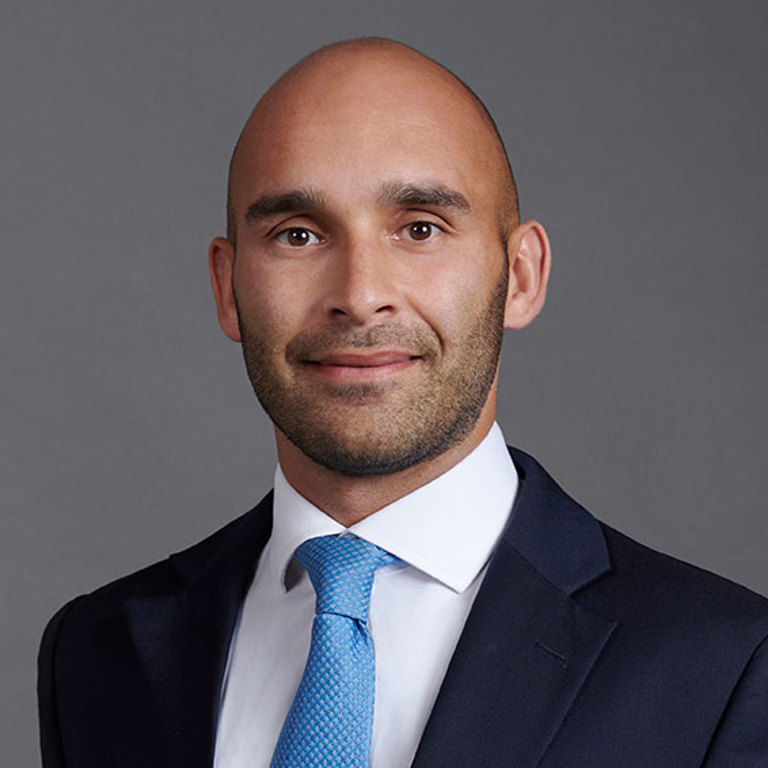Carve-outs: maximising value in APAC
Part of our Strategic M&A Series
Visit our Strategic M&A Series hubGetting it right: practical tips to minimise value leakage
Buyer Beware: Our top 6 things to focus on
1. Bridging the information gap – am I getting what I need? - A buyer is inherently at a disadvantage in a carve-out, as they have less ability to know whether a carve-out is being done well and what the impact on the carved-out business will be. Expert adviser support in diligence and contractual protection can help to some extent. But the best tool is to be clear about the value impact if you don’t get the information you need or an issue is not resolved. Nothing focuses a seller’s mind more than highlighting the direct correlation to purchase price or ability to do the deal.
2. Create aligned incentive for both sides - Having the selling business retain a stake in the carved-out business may create complexity, but ongoing exposure can incentivise a seller to ensure the carve-out is done well. Earn-out or deferred purchase price can also have the same effect, in a less complex manner, if it is structured in the right way.
3. Am I getting the right people and will they stay? - As a buyer, you need to be particularly alive to whether you have too many (or not enough) people, whether they are the right people and whether they will stay. Insist on meetings with senior managers of the carved-out business (without the seller, if possible) to help close the information gap, give comfort you have the right people (and identify where you need new hires) and help you craft effective incentivisation and retention arrangements to keep them. Investing time to work with the seller on employee comms can help make sure that people are enthused about the future and let you focus post-completion on moving forward, not fixing miscommunications from the past.
4. Integration issues? - If failure to implement a carve-out well is near the top of the list of value-destroyers in a M&A transaction, then failure to implement an integration must be at the same level or even higher up. So if you are looking to integrate the carved-out business, focus on how you will do that at the time of acquisition and as part of your diligence, before it is too late. Similarly, be realistic about synergies and make sure to diligence potential blockers to those (e.g. exclusivity commitments in contracts).
5. It won’t always be perfect - A buyer will need to accept in any carve-out that there will inevitably be plenty of rough edges. The key thing is to make sure that the separation actions that go to the heart of the business’s value are done correctly (and that you have appropriate levels of involvement in those) and you are well protected for risk if they have not been.
6. Can contractual coverage solve the issue? - Creative contractual coverage can bridge value gaps on carve-outs and you need your lawyers to focus on possible solutions along these lines when identifying potential diligence issues. That might be warranties over having what you need to run the business following a separation, undertakings that separation will be implemented in accordance with an agreed plan, indemnities for specific separation risks or even bespoke milestone payments for separation actions. Amidst the urgency and noise of sale negotiations, the temptation may be to defer detailed separation discussions to post-signing – but a buyer should push to agree key separation matters upfront alongside the deal terms rather than relying on mere “agreements to agree” from a position of reduced leverage.
Our experience
Global carve-out transactions require a depth of multi-specialist experience across many areas, including as corporate, intellectual property, technology, outsourcing and commercial contracting, regulatory and financing paths cross – that is where we excel.
Sellside experience
Ascential on its separation, comprising the sale of its digital commerce business to Omnicom Group and the sale of its product design business to Apax Partners
Aviva on the disposals of its businesses in France, Poland, Hong Kong, Indonesia, Singapore and Vietnam
Bunzl on the disposal of its healthcare business to Mediq
Centrica on the £2.85bn sale of its North American energy supply, services and trading business to NRG
Dyson on a global restructuring and redomiciliation to Singapore
Essentra on the disposals of its packaging and filters divisions by way of auction sales
Equinix on the separation and sale of a standalone data centre portfolio to Digital Realty, as part of commitments to the European Commission following Equinix’s acquisition of Telecity
Ferrovial on the divestment of the Amey group, including on the prior carve-out of certain business divisions
GSK on various transactions including the demerger of its consumer health business to form Haleon
Hibu Group on the sale of its US business to an affiliate of H.I.G. Capital
Inflexion Private Equity Partners on the sale of Chambers and Partners to Abry Partners
Interserve on the carve-out disposal of its Support Services division to Mitie
John Wood on the sale of its Built Environment consulting business to WSP Global, Inc.
Johnson Matthey on the sale of its diagnostic services business to Sullivan Street Partners and its Medical Device Components business to Montagu Private Equity
SF Holding on the carve-out of warehouses in Hong Kong, and the Taiwan business, from Kerry Logistics to Kerry Holdings, as part of SF Holding’spartial offer for Kerry Logistics
LKQ Corporation on the sale of GSF Car Parts to Epiris, following LKQ’s acquisition of Uni-Select
Marston’s on the merger of its brewing business with Carlsberg to create the Carlsberg Marston’s Brewing Company
Reckitt on the sale of its Infant Formula and Child Nutrition business in China to Primavera Capital Group and the disposal of its Scholl footcare products business to Yellow Wood Partners
Shepherd Building Group on the sale of Portakabin to Antin Infrastructure Partners
Telstra on the sale of a number of data centres across Asia
TOKIN Corporation on the sale of its electro-mechanical devices business to NTJ Holdings 1 Ltd
Viridor Waste Management Limited on the disposal of its collections business and certain recycling assets to Biffa plc
Vodafone on the carve-out and sale of Vodafone Hungary, Vodafone Italy, Vodafone Spain and the carve-out and merger of Vodafone UK with Three
Buyside experience
Aviva on the acquisition of AIG Life Limited from Corebridge Financial, a subsidiary of American International Group
Credit Karma on the acquisition of Noddle from Call Credit
Coca-Cola Europacific Partners on its acquisition of Coca-Cola Beverages Philippines from the Coca-Cola Company
Equinix on the acquisition of Zenium’s data centre business in Istanbul
INEOS on its acquisition of Eramet Titanium & Iron from Eramet
Inflexion Private Equity Partners on the proposed acquisition of Marlowe plc’s Governance, Risk & Compliance software and services assets
M&G on the acquisition from Royal London Group of Ascentric, a digital wrap and wealth management platform for UK independent financial advisers
Schroders on its acquisition of River and Mercantile Group’s solutions business
Swire Beverages on its acquisition of the Coca-Cola bottling operations in Vietnam and Cambodia
Virgin Group on Virgin Active’s acquisition of the nutrition assets of South Africa’s Real Foods Group
Vodafone on the acquisition of Liberty Global’s German and Central and Eastern European business






